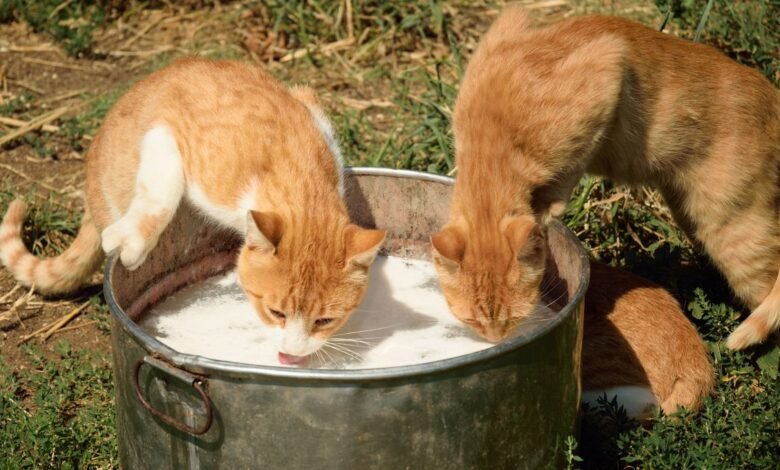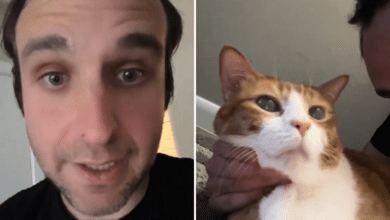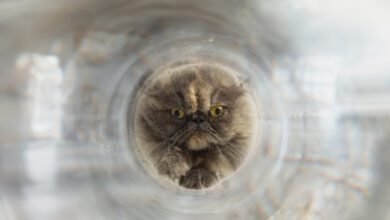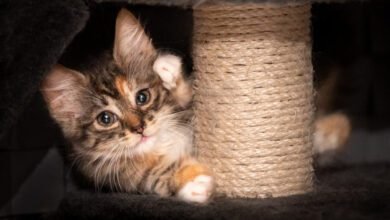Bird flu kills farm cats as highly pathogenic H5N1 strikes yet another species

A new report details how cats on at least one dairy farm in Texas died after contracting H5N1 bird flu — not from birds, but from drinking raw cow’s milk.
Only recently, the Centers for Disease Control and Prevention (CDC) reported that a worker at a dairy farm had tested positive for H5N1 bird flu, having contracted it from the cows themselves. In fact, dozens of herds are thought to have been affected this year, which is underlined by the news that fragments of the virus have now been detected in milk samples. This is not a problem for us humans as long as we only consume pasteurized milk. But in the latest sad twist to this saga, it could be a problem for some of the farms’ resident felines.
The H5N1 strain of bird flu has been hovering in the background of conversations about possible future pandemics for many years, but recently it has been in the headlines even more. The World Health Organization (WHO) called it “a huge concern” and said we are currently in a global animal disease pandemic.
Although it started in birds, with very occasional leaps into humans, it has now branched out to mammals, including cetaceans and polar bears, as well as bird species that you might think would be more isolated.
According to the report, the disease in dairy cows was first noted in February of this year in the Texas region, followed by similar cases in Kansas and New Mexico. The cows themselves began to eat less and produce less milk, and what they did produce had a thick, yellowish appearance. After a few days, they recovered mostly well.
Unfortunately, it appears that some of the domestic cats living on these farms were not so lucky.
Cats are known to be susceptible to bird flu viruses, but they usually catch them after hunting infected birds or eating their meat. After analyzing two deceased cats sent to the Iowa State University Veterinary Diagnostic Laboratory from a dairy farm in Texas, as well as milk samples from cows that showed symptoms, experts concluded that the cats caught H5N1 after drinking milk.
Pathology showed that the cats had evidence of infection in the brain, lungs, heart and eyes. Ars Technica reports that other affected cats have shown symptoms such as discharge from the eyes and nose, loss of coordination, depressive behaviors and blindness.
Analysis of milk samples demonstrated high viral shedding rates from infected cows. The authors say that about half of the cats that were fed raw milk later died, and the viral isolates from tissue samples from cats and cows were genetically similar, so it seems likely that milk was the source of the infection.
“Although exposure to and consumption of dead wild birds cannot be completely ruled out for the cats described in this report, the known consumption of unpasteurized milk and colostrum from infected cows and the high amount of virus nucleic acid in the milk make the consumption of milk and colostrum a likely route of exposure,” they write.
As for how the cows became infected, the authors suggest that it is likely that their feed was contaminated with feces from infected wild birds.
At the very least, these cats’ sad story should serve as a reminder of one of the many dangers of consuming unpasteurized milk. But more than that, it adds another element to the emerging plot of the rise of H5N1 around the world and helps explain why authorities are so attentive to this virus and the risk of even more repercussion events.
The study was published in Emerging Infectious Diseases.




